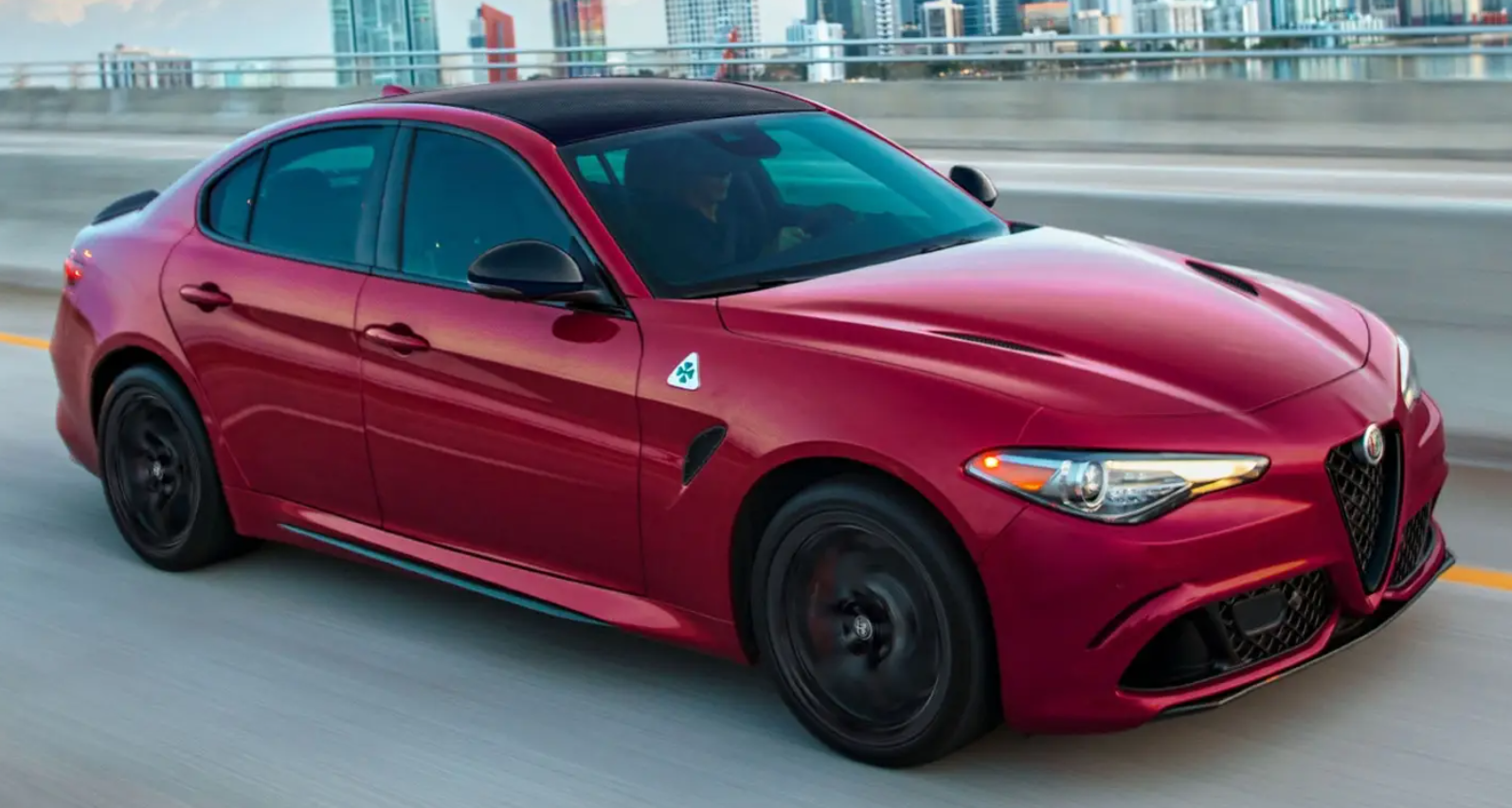Purchasing a new car is a significant milestone and a thrilling endeavor. It marks not just a financial investment, but a personal and lifestyle decision. With so many options on the market, it’s easy to be overwhelmed by the sheer variety and complexity involved in choosing the right vehicle. This is a major step that can impact your day-to-day life, so it’s important to approach it with a thoughtful, step-by-step process. In this comprehensive guide, we’ll take you through every crucial decision point on your car-buying expedition, from budgeting to test drives and beyond.

Step 1: Defining Your Driving Needs and Lifestyle
The first and most crucial step in buying a car is understanding your driving requirements and lifestyle. Are you purchasing a car for daily commuting, family road trips, or weekend off-road adventures? Consider the typical distances you cover, the terrain you encounter, and the number of passengers you’ll usually have. This self-reflection will ensure that your new car isn’t just a mode of transportation but an asset that truly meets your needs.
Step 2: Establishing Your Budget
Your budget serves as the guiding star in this vast galaxy of car options. It’s not just the sticker price of the vehicle that you need to consider, but also the ongoing costs like insurance, maintenance, fuel efficiency, and potential resale value. Research the average costs associated with owning the type of car you are interested in and set a realistic budget that accounts for both the upfront and long-term expenses.
A popular option for budget-conscious buyers is to consider leasing a vehicle, where the monthly payments are often lower than a traditional purchase, and you can potentially access a vehicle that might generally be out of reach if purchasing outright. Many brands offer great lease deals, with options like no money down and low monthly payments.
Step 3: New Versus Used Vehicles
One of the critical decisions you’ll make is choosing between a brand-new car or a used one. Each option has its advantages and drawbacks. New cars typically boast the latest features, warranties, and more predictable maintenance costs. However, they also depreciate as soon as you drive off the lot.
Used cars, on the other hand, often come at a lower price point and can provide excellent value, especially if you’re able to find a certified pre-owned vehicle that comes with a manufacturer’s warranty. With the internet at your fingertips, doing your diligence is easier than ever—sites like Carfax can provide you with a vehicle’s history, revealing past accidents or information that may inform your decision.
Step 4: Determining the Type of Car
The type of car you choose should align closely with the driving needs and lifestyle you identified in the first step. With options ranging from compact cars and sedans to SUVs and trucks, the variety is vast. For example, if you frequently drive in city environments but also require enough space for family trips, a crossover SUV like the Honda CR-V might strike the perfect balance. It’s renowned for its reliability, spacious interior, and fuel efficiency—qualities that make it a popular choice among diverse groups of drivers. Also, considering the long-term value, such vehicles tend to maintain their resale value better than many other models, making them a wise choice for those looking at the bigger financial picture.
Step 5: Prioritizing Features and Options
What features do you absolutely need in your new car, and what features are merely nice to have? Make a list and be prepared to be flexible. Some features are non-negotiable—such as air conditioning in a hot climate, or an advanced safety suite if you have a new driver in the family. Other features might be personal preferences, like a sunroof, leather seats, or a high-end sound system.
Different brands and models may have stark differences in standard features and the availability of add-ons, so understanding and prioritizing these features will guide your search and help you to avoid overspending on a vehicle with options you won’t use.
Step 6: Evaluating Resale Value and Ownership Costs
It’s easy to get caught up in the excitement of a new car, but it’s equally important to think about the long-term. Resale value can significantly impact the total cost of ownership. Brands like Toyota, Subaru, and Honda are traditionally known for retaining their value better than others. Additionally, some carmakers, like BMW and Mercedes, may offer low financing rates on purchases of new vehicles.
Ownership costs should also be a factor in your decision. These include things like maintenance, repairs, and fuel. Certain brands and models are associated with higher maintenance costs due to the price of parts or the complexity of the vehicle. Over time, these costs can add up and dampen your enthusiasm for your new purchase if they aren’t factored into the initial decision.
Step 7: Research and Comparison
Armed with the knowledge from the previous steps, it’s time to roll up your sleeves and start researching in earnest. The internet is your best friend here. Visit manufacturer websites, read user reviews on third-party sites, and compare vehicles side by side to get a feel for what’s out there and how it matches your needs. If possible, visit dealerships in person to see the vehicles up close and take them for a test drive.
A helpful tip is to identify two or three models that meet your criteria and price range and then compare them directly. This will help you narrow down your choices and make an informed decision.

Choosing the right car is a significant decision that can greatly impact your daily life. By carefully considering your needs, budget, and preferences, and by conducting thorough research, you can find a vehicle that not only meets your practical requirements but also brings joy and convenience to your driving experience. Remember, the right car for you is one that fits your lifestyle, aligns with your financial goals, and genuinely makes you happy each time you get behind the wheel. Happy car hunting!













